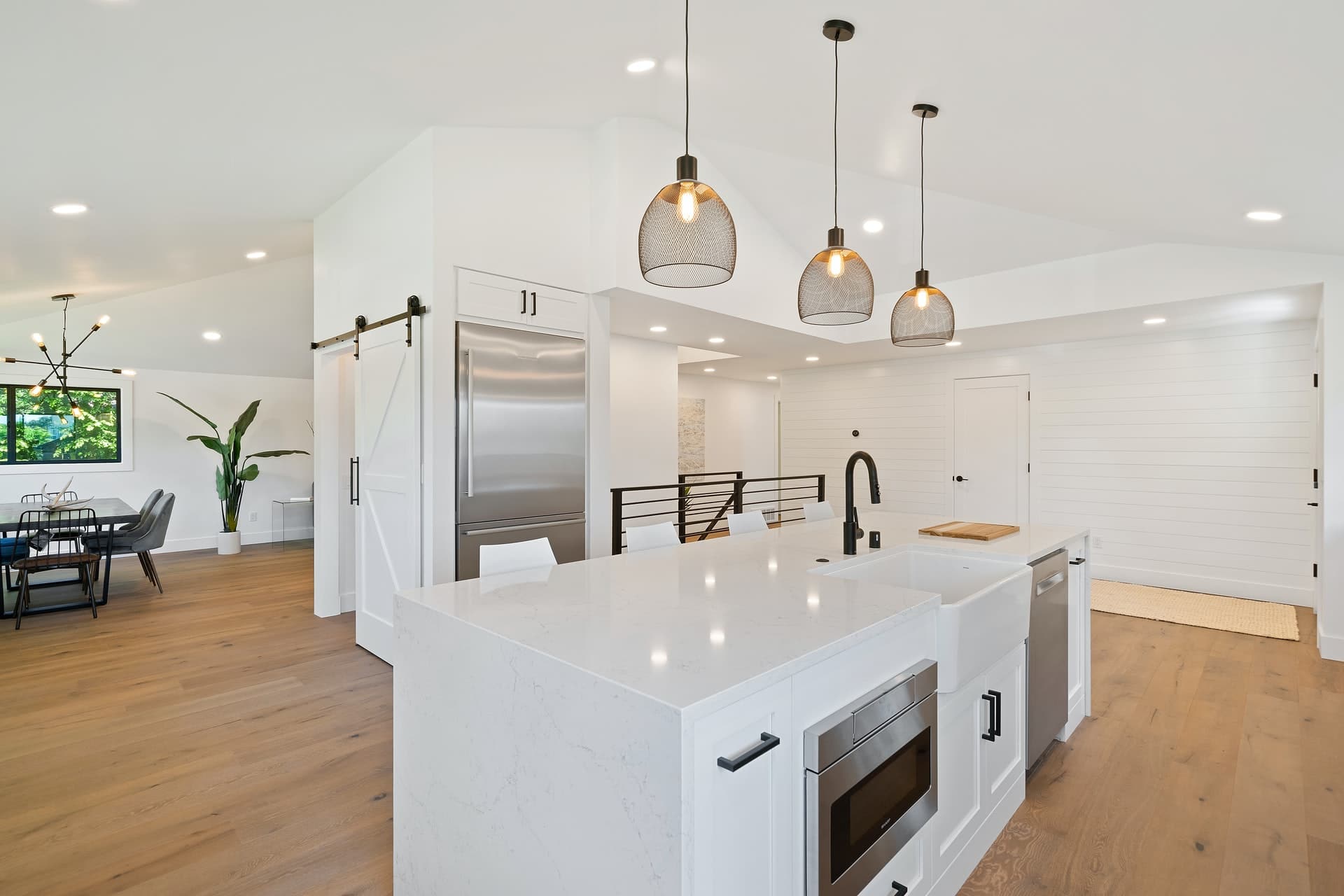24 Mar Payments in a Home Renovation or Construction Project
Hiring a contractor to build or renovate your home is going to be expensive, and most homeowners may do this at most once or twice in a lifetime, so they aren’t experts at the process. Managing the money – whether it’s your own, or a loan from the bank – isn’t a simple matter. While some residential projects are done on a “time and materials” basis, most are a “lump sum,” meaning the contractor quotes a total amount for the job (with lots of wiggle room for changes along the way). For larger projects, payment is generally tied to specific milestones, and there is a tension between a contractor who wants to get paid and a homeowner who wants to make sure the job is properly completed. Here are some important things to understand about the process.
Types of Payments
When reviewing a construction contract or the terms of a construction loan, payments come with their own vocabulary.
Deposit: Generally, a percentage of the lump sum, this payment is made at the signing of the construction contract, before any work begins on the project.
Progress Payments: As the contractor completes the project, they are entitled to payment for the work completed. Milestones can be either tied to specific goals (e.g., completing foundation, finishing rough-in, etc.) or to percentage completion.
Retainage: A common practice in construction is to withhold (retain) a percentage of each payment until the job is complete. Retainage is due within a certain time period after an agreed-upon completion has occurred (e.g., passing final inspection or completion of punch list) This creates an incentive for the contractor to complete the work but allows them to be paid for the work as it is completed.
Means of Payment
If a homeowner is paying out of pocket, then they will be invoiced at the time of a particular milestone. When the project is financed through the bank (common in new home construction), the bank will hold the funds and demand proof of completion of the milestone before releasing the funds. In either case, it’s important to make sure that the contractor has paid their subcontractors and suppliers for work and materials before issuing the funds. Otherwise, the subcontractor or supplier has a right to payment from the homeowner, and they can put a lien on the property until the homeowner has effectively paid twice for the same thing.
Assuring that Payments are Proper
While the deposit is a simple calculation, the other payments in a home construction or renovation project take some sophistication to be sure that they are being made at the right time and in the right amount. Complications like change orders only make the amount and timing more complex. How is it possible to know if a certain percentage is completed or if the specific milestone has been met properly? In addition, the lender often will require more than a “say-so” or “it looks good” to release funds.
The answer is a professional inspection by a construction expert who can independently verify that payment is appropriate. This is not the same as a building inspection by the local authorities. It is a private professional who comes to the site and assesses the status of the project. This inspection might be required by the lender, or it might be an additional expense undertaken by the homeowner. Either way, it is an important control to make sure that the contractor has earned the amounts being sought.
Consequences of Over or Under Payment
Contractors require a deposit and progress payments in order to proceed with the job. After all, they have to pay their workers, subcontractors, and suppliers, and they aren’t willing to lay out funds and carry that expense without reimbursement until the end of the job. However, contractors have to engage in a delicate balancing act to handle advances to cover their ongoing expenses until they get paid. This often means using funds from one project to pay for another, or other financial arrangements that can lead to complications. When a contractor doesn’t properly bill for work completed, they may run out of funds in the middle of the project and be unable or unwilling to complete the work. Periodic payments tied to specific objectives is a critical way to minimize the risk of an abandoned project.
Biller & Associates conducts construction draw inspections for lenders and construction quality control for homeowners. Using decades of experience in the construction industry, we make sure that the project is proceeding in accordance with the contract, safety, industry standards, and other benchmarks that can assure that payments are made if and when they are earned. For more information about using Biller & Associates for construction and renovation inspection services, contact us today.



